Building a dump trailer can be a rewarding project that empowers construction professionals, landscapers, and DIY enthusiasts alike. Our comprehensive guide is designed to provide you with all the essential steps, materials, and considerations necessary for creating a functional and reliable dump trailer.
Table of Contents
- Understanding Dump Trailers
- Gathering Essential Materials and Tools
- Blueprint and Design Considerations
- Step-by-Step Assembly Instructions
- Safety Considerations
- Maintenance Tips for Longevity
- Frequently Asked Questions
Understanding Dump Trailers
Before embarking on your journey to build a dump trailer, it’s important to understand what a dump trailer is and its applications. A dump trailer is specifically designed for transporting materials and dumping them at a desired location. With increased mobility and functionality, building your own allows for customization tailored to specific needs.
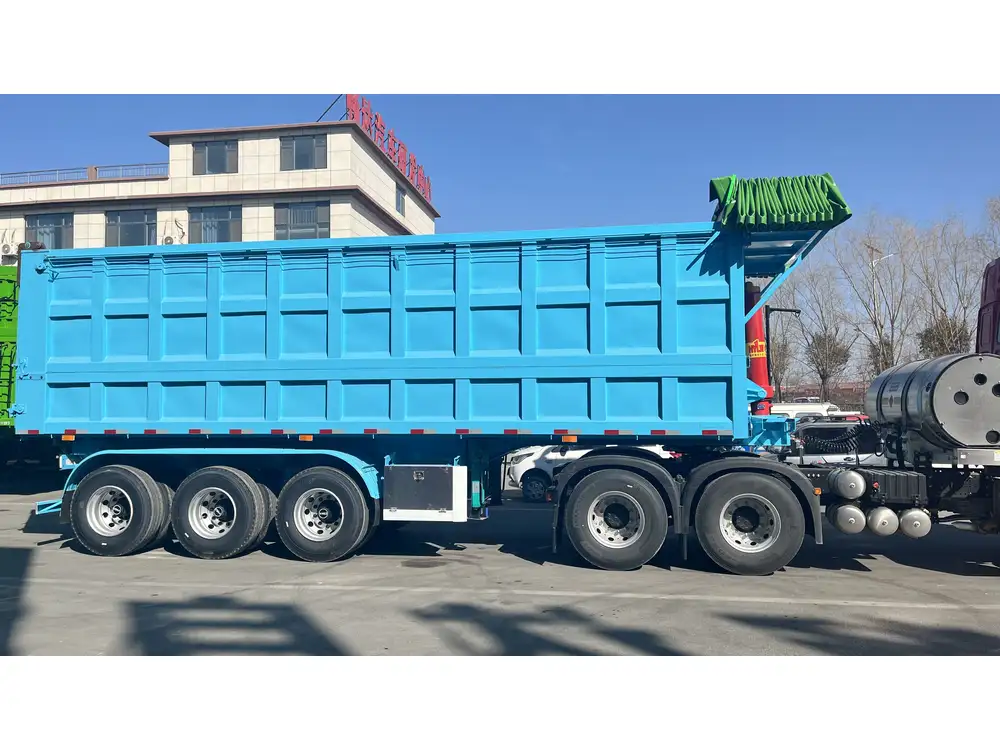
Key Applications of Dump Trailers
- Landscaping: Transporting soil, mulch, and other landscaping materials efficiently.
- Construction Sites: Hauling debris and construction materials to and from sites.
- Agriculture: Moving feed, fertilizer, and other agricultural materials.
- General Waste Management: Easily disposing of various types of waste.
Gathering Essential Materials and Tools
The next step involves collating all necessary materials and tools for the build. Here’s a comprehensive list to guide you:
Materials
| Material | Description |
|---|---|
| Steel Tubing | For frame construction; usually 2×3 inches. |
| Steel Plate | For dump bed; typically 10-14 gauge thickness. |
| Axles | Consider weight capacity; tandem axles preferred. |
| Hydraulic Cylinder | For lifting mechanism; select based on weight. |
| Trailer Coupler | The hitch system for attaching to the towing vehicle. |
| Tires | Proper size for your trailer’s load capacity. |
| Electric Wiring Kit | For the hydraulic system functionality. |

Tools
| Tool | Purpose |
|---|---|
| MIG Welder | For welding steel components. |
| Angle Grinder | To cut and smooth edges. |
| Drill and Drill Bits | For making attachment holes. |
| Hydraulic Jack | For lifting the trailer during construction. |
| Socket Set | General assembly and disassembly. |
Blueprint and Design Considerations
Creating a blueprint beforehand can enhance your build process significantly. Consider these aspects during the design stage:
- Wheelbase and Length: Ensure your trailer’s dimensions fit your intended towing vehicle.
- Load Capacity: Assess the weight of materials you intend to haul to determine necessary structural strength.
- Hydraulic System Placement: Plan for the installation of the hydraulic lift for optimal performance.
Sample Dimensions
| Component | Suggested Measurement |
|---|---|
| Overall Length | 12-16 feet |
| Width | 6-8 feet |
| Height of Sides | 2-3 feet |
| Load Capacity | Up to 10,000 lbs |
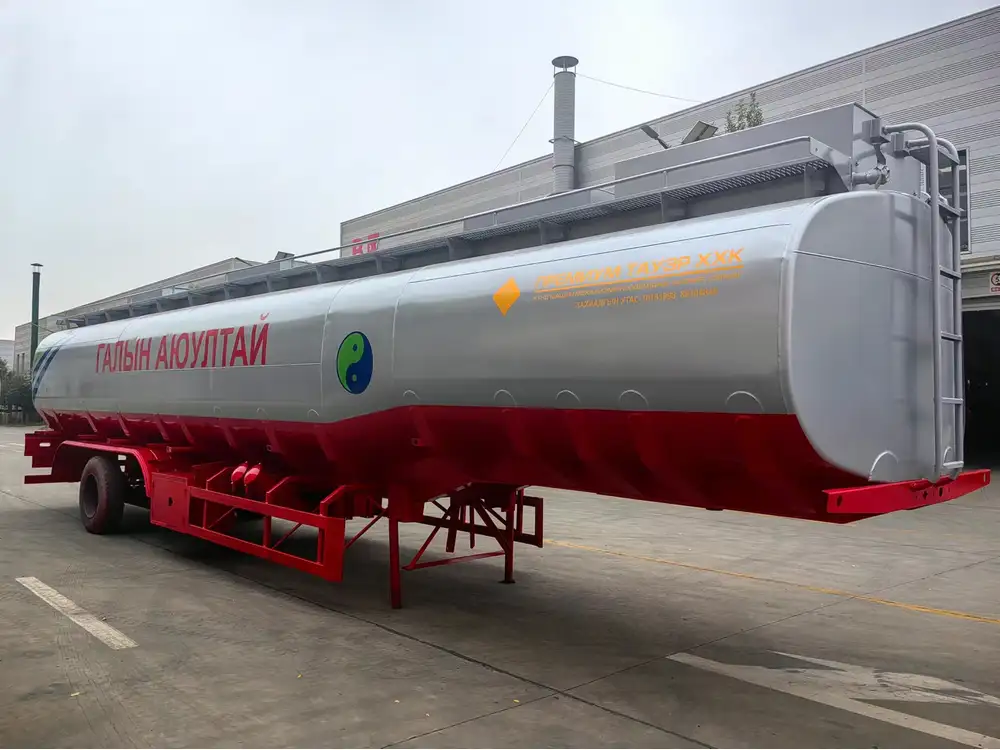
Step-by-Step Assembly Instructions
Constructing your dump trailer involves several detailed steps. Below, we outline each phase to ensure clarity and success during assembly.
Frame Construction
- Cut the Steel Tubing: Utilize your angle grinder to cut your steel tubing according to your desired frame measurements.
Weld Frame Together: Assemble the frame by welding the tubing at corners, ensuring structural integrity. Aim for square angles and equal length for balanced construction.
- Tip: Leave space for the axle mounts and hydraulic components.
Installing the Axle and Wheels
- Position the Axle: Place the tandem axle parallel to your frame. Mark insertion points for secure attachment.
- Weld Axle in Place: Use your welder to firmly attach the axle to the frame.
- Attach the Wheels: Fit wheels onto the axle, ensuring they spin freely. Tighten lug nuts securely.
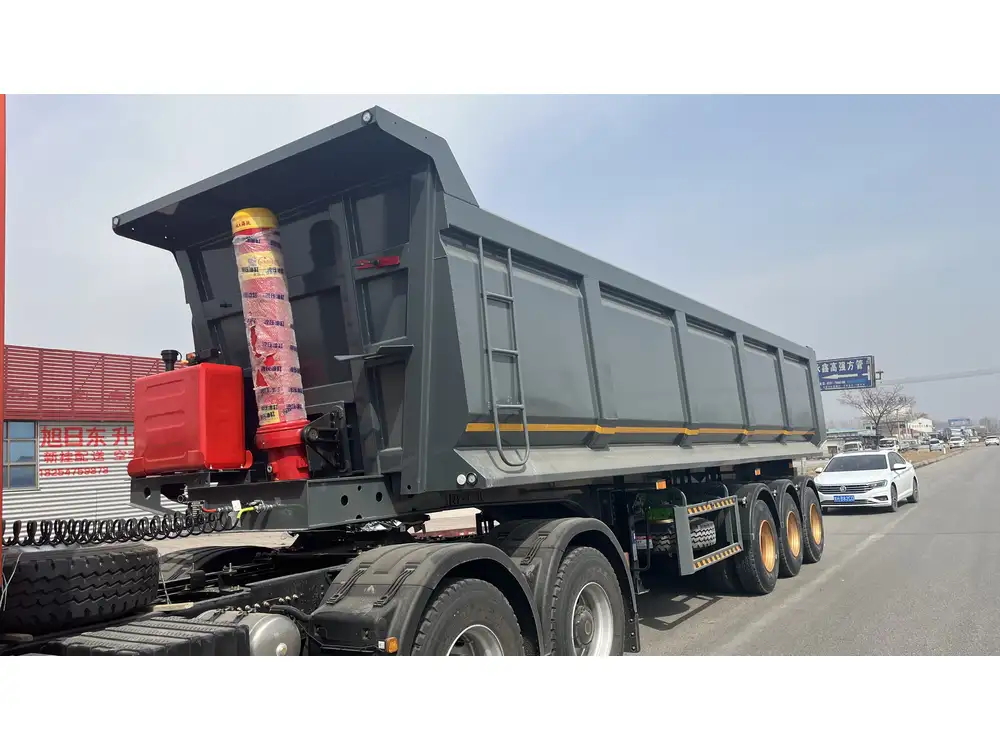
Weld the Dump Bed
- Prepare Steel Plates: Cut the steel plates designed for the dump bed dimensions.
- Weld Bed to Frame: Securely weld the steel plates onto the trailer frame, creating a sturdy flatbed.
Hydraulic System Installation
- Mount the Hydraulic Cylinder: Attach the hydraulic cylinder at the front of the dump bed and connect it to the frame.
- Connect Hydraulic Lines: Follow the wiring kit instructions to hook up hydraulic lines to the actuator and power source.
Finishing Touches
- Attach the Trailer Coupler: Ensure it is securely welded to the front of the frame for towing capability.
- Install Electric Wiring: Following the diagram, wire the hydraulic system to your power source—usually a 12V battery or your towing vehicle.
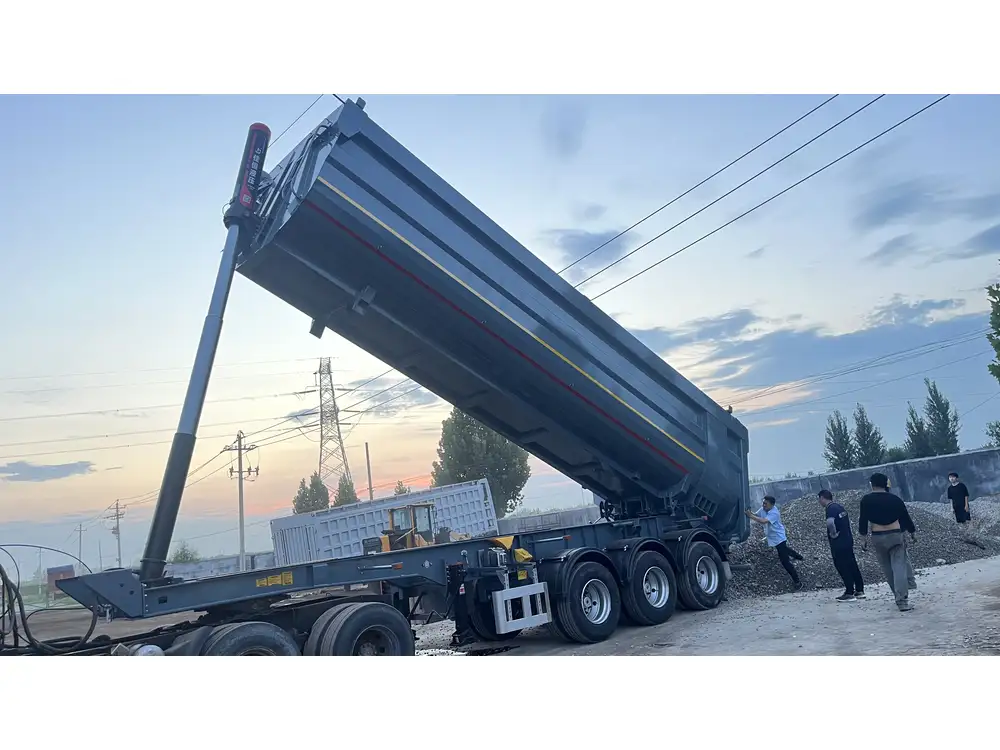
Safety Considerations
Safety is non-negotiable. Adhere to the following safety protocols during construction and utilization:
- Wear Protective Gear: Always don safety glasses, gloves, and closed-toe shoes.
- Follow Electrical Safety Protocols: Be cautious when working with hydraulic systems and electrical wiring.
- Check Weight Capacity: Regularly validate the structural integrity of your dump trailer by monitoring weight limits.
Maintenance Tips for Longevity
To maximize the lifespan of your dump trailer, established maintenance practices are crucial:
- Routine Inspections: Regularly inspect mechanical components and welds for wear or corrosion.
- Lubricate Moving Parts: Keep axles and hydraulic fittings properly lubricated.
- Clean the Dump Bed: After use, clean the bed to prevent rust and damage.
Frequently Asked Questions

What is the ideal weight capacity for a dump trailer?
The ideal capacity ranges based on your intended use. For general construction, trailers with 5,000 to 10,000 lbs capacity are standard. For heavier-duty applications, consider trailers rated above 10,000 lbs.
How do I choose the right tires for my dump trailer?
Select tires based on load capacity and compatibility with your towing vehicle. Rim size and tire rating should match your axle specifications.
Can I install a manual dumping system instead of a hydraulic one?
Yes, a manual dumping system involves a lever mechanism. This option can reduce costs, but hydraulic systems offer more convenience for large loads.
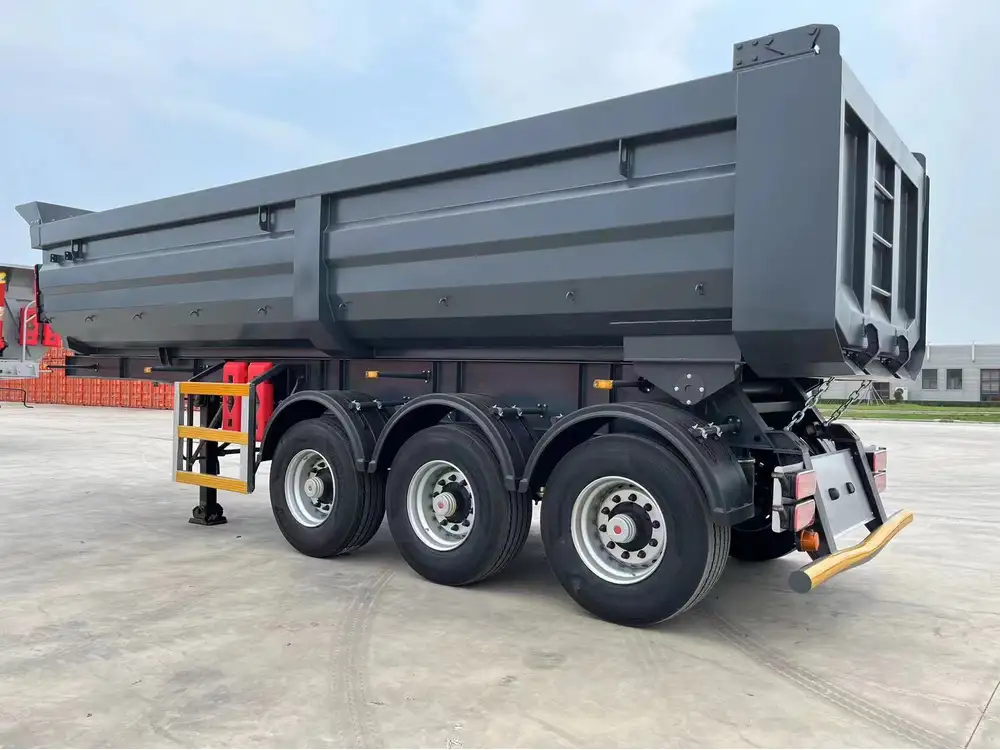
Is it necessary to register my dump trailer?
Depending on local regulations, registering your trailer may be mandatory, especially if it is to be towed on public roads. Check with local authorities for specific requirements.
By following this detailed guide on how to build a dump trailer, we aim to empower you with knowledge and practical steps to create a functional trailer tailored to your needs. The joy of constructing such a versatile piece of equipment awaits, alongside the satisfaction of knowing you built it with your own hands.



